|
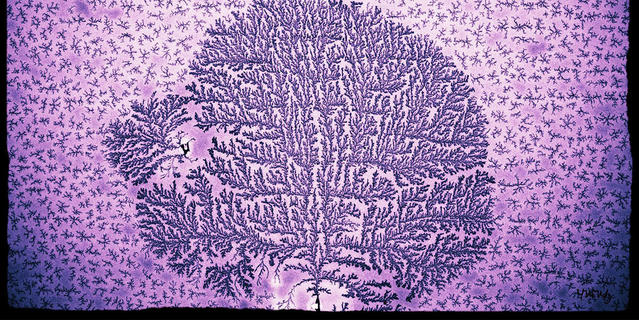 |
|
|
|
|
Our best science images of 2020
|
|
10.12.2020 |
|
Photography
Discover the 20 winning photographs of the second edition of La Preuve par l’Image, a competition organised by the CNRS in partnership with the ACFAS (Association francophone pour le savoir). The event rewards images derived from research in all scientific fields.
|
|
Access the slideshow
|
|
|
|
|
|
|
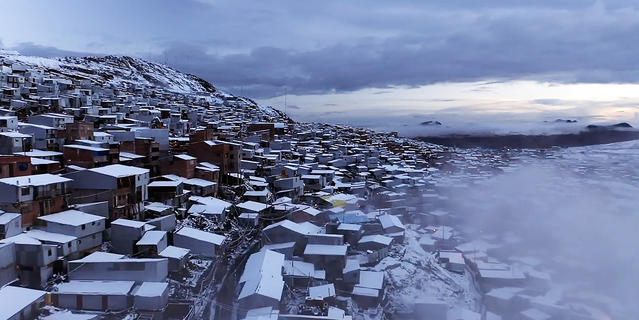 |
|
|
|
|
Breathing on top of the world
|
|
10.20.2020
|
|
physiology
At an altitude of 5,300 metres, the city of la Rinconada, Peru, is the highest permanent human settlement in the world. While many residents suffer from hypoxia, oxygen deprivation, others are unaffected. A team of scientists led an expedition to study such extreme living conditions and find out what allows some people to adapt.
|
|
Watch the video
|
|
|
|
|
|
Also this month
|
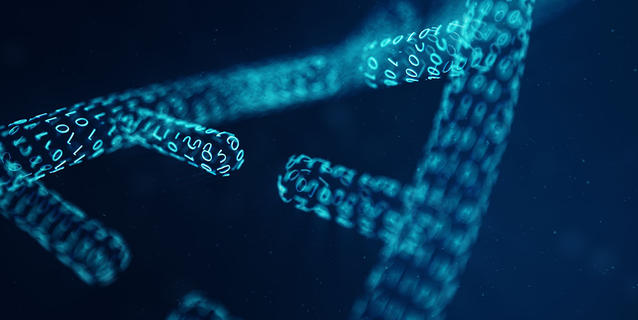 |
|
|
|
Synthetic DNA holds great promise for data storage
|
|
10.21.2020 |
|
Computer science The European project OligoArchive is working on proof of concept for data storage on synthetic DNA. While this medium is in theory unrivalled in terms of information density and longevity, it still faces technical limits that need to be overcome.
|
|
Read the article
|
|
|
|
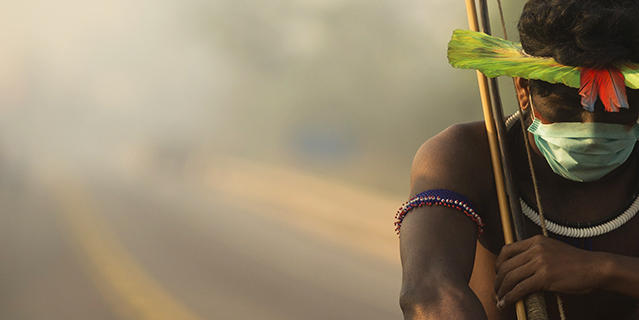 |
|
|
|
Indigenous populations hard hit by Covid-19
|
|
10.08.2020 |
|
Anthropology How has the pandemic caused by SARS-Cov-2 affected the world’s indigenous populations? Seeking to answer that question, the anthropologist and CNRS senior researcher Irène Bellier has analysed a vast body of data on the subject.
|
|
Read the article
|
|
|
|
|
|
|
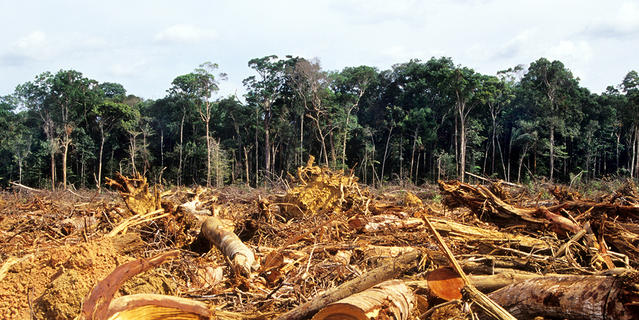 |
|
|
|
Is there a point of no return in ecosystems?
|
|
10.05.2020 |
|
Ecology Do ecosystems really have a threshold of disturbance beyond which the environment abruptly deteriorates? This notion, which currently informs environmental policies, is being questioned by a group of ecologists. After reviewing and analysing more than 4,000 studies, they say that tipping points are... |
|
Read the article
|
|
|
|
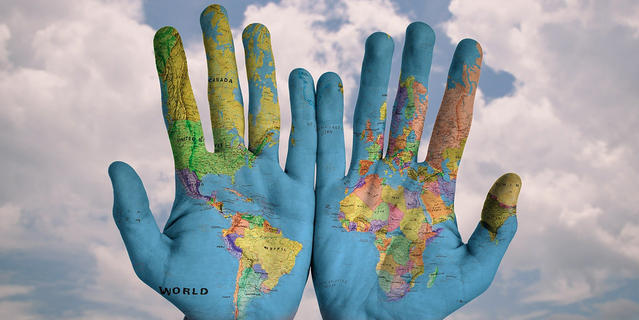 |
|
|
|
Maps undergo major reshuffle
|
|
10.21.2020 |
|
Cartography The Open Geospatial Consortium (OGC) has adopted a new international standard, opening the way to a common format for cartographic description. The geographer Erwan Bocher and his colleague Olivier Ertz, who are behind this evolution, walk us through the ins and outs.
|
|
Read the article
|
|
|
|
 |
|
|
|
Embryonic cells communicate to organise themselves
|
|
10.08.2020 |
|
Biology Like us, embryonic cells communicate to take decisions and thus transform from a fertilised egg to an embryo with a well-defined shape. Scientists have recently demonstrated the diversity of their exchanges, ranging from long-distance cries for some to short-distance whispering for others.
|
|
Read the article
|
|
|
|
|
|
|